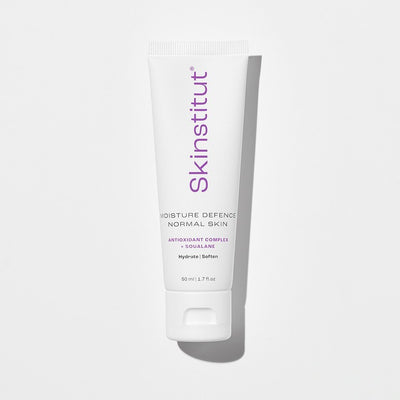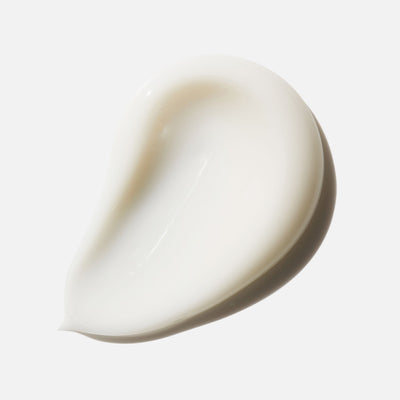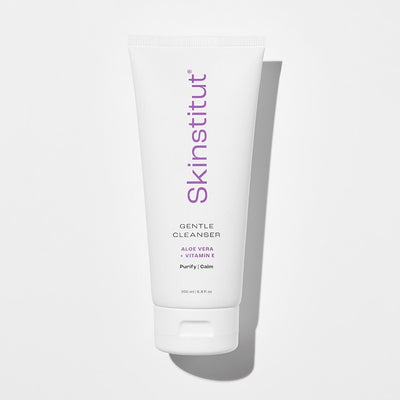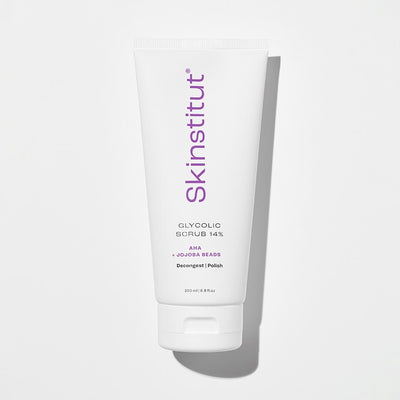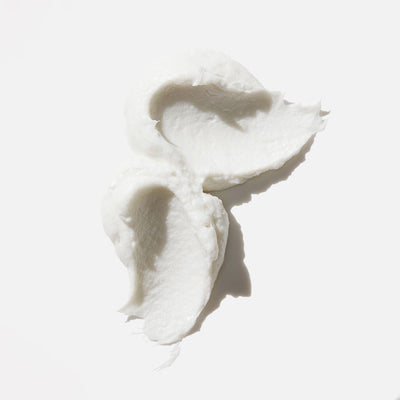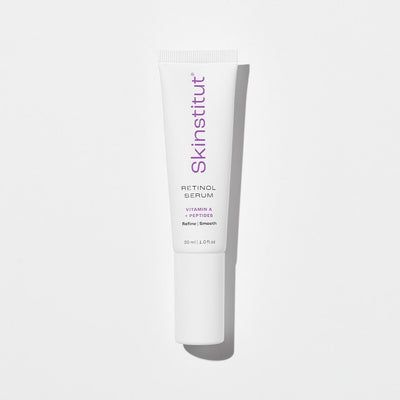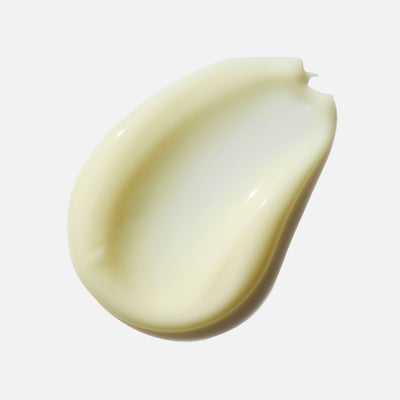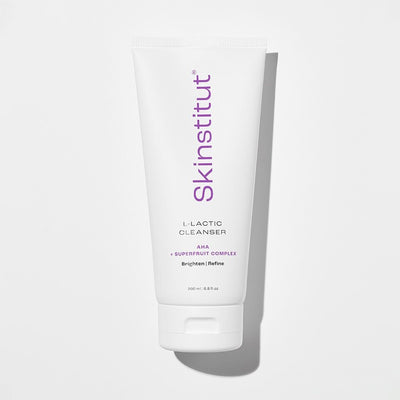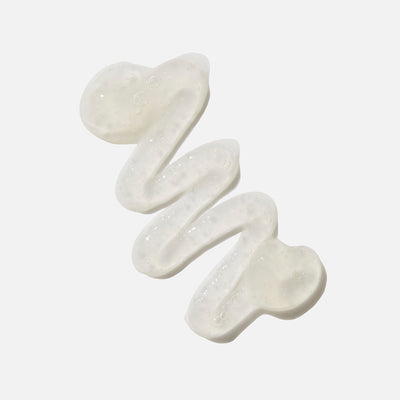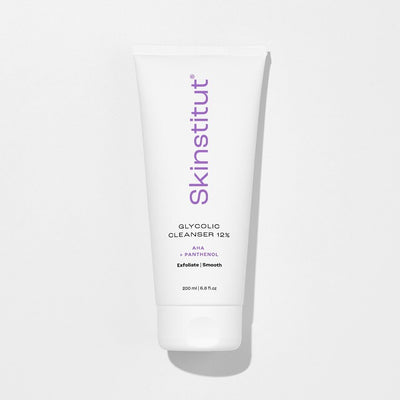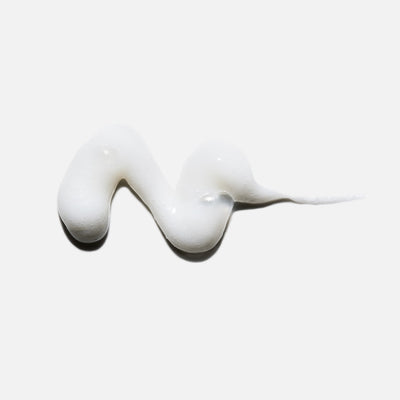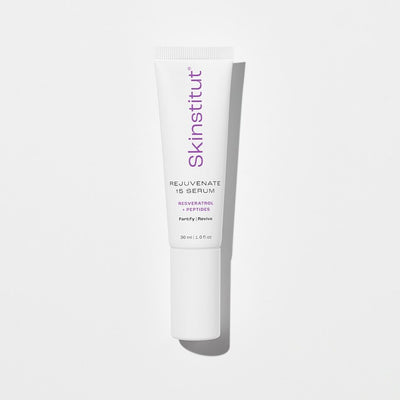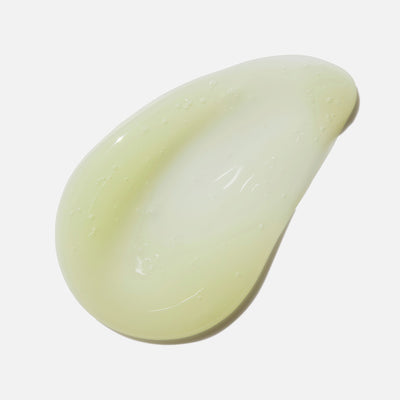Feeling plagued by patches of pigmentation that won’t budge? We hear you. In fact, hormonal pigmentation is one of THE most complained about skin issues out there. While it can definitely be a challenge to treat, it can be done. Below, we’ll talk you through the causes and what you can do about it, both at home and with the help of a professional.
What Is Hormonal Pigmentation?
Also known as melasma (and sometimes referred to as chloasma when it occurs during pregnancy), hormonal pigmentation is a chronic skin disorder that typically occurs in a person’s 20s or 30s. While it’s most common in women, it can affect any gender. We’ve described it as chronic because it can be incredibly persistent and despite treatment, it can keep coming back. Every person’s skin is different, of course, but hormonal pigmentation tends to present as blotchy, brown patches or freckle-like spots with an irregular border.
What Causes Hormonal Pigmentation?
The tricky thing with hormonal pigmentation is that it can be caused by many factors, however it generally begins due to hormonal changes and fluctuations. You may have noticed pigmentation appear after you started taking an oral contraceptive. It can also be stimulated by hormone therapy, intrauterine devices (IUD) and implants, pregnancy, hypothyroidism (when your body doesn’t produce enough thyroid hormones) and certain medications. Obviously, sun exposure is a contributing factor and can make your melasma more noticeable.
Which Hormone Causes Pigmentation?
So how does hormonal pigmentation end up on your face? Your pituitary gland, hypothalamus and skin secrete a group of hormones called melanocyte-stimulating hormones (MSH). When your skin is then exposed to UV light from the sun, the production of MSH goes into overdrive, which in turn prompts cells known as melanocytes to produce a pigment called melanin that shows up (seemingly randomly) as brown patches on your face.
What’s the Difference Between Melasma and Normal Skin Pigmentation?
Not only do the causes of melasma and normal pigmentation differ, so too does the appearance of each. Melasma usually presents as spots and splodges on the forehead, cheeks and upper lip – almost like a mask. In contrast, normal pigmentation results from sun exposure, injury, medication and genetic factors. It might be localised to one area (for instance, a post-pimple scar) or scattered across the face.
How Can I Treat My Hormonal Pigmentation at Home?
Most importantly (and realistically) the best way to treat it is with patience. Melasma can be pretty hard to remove and lifestyle definitely plays a part.
But first, you need to identify the cause of your hormonal pigmentation. This is best done by an expert, such as a dermatologist or even an experienced skin therapist. Treating it topically will only provide temporary relief; as part of your ongoing maintenance program, you’ll need to address the cause/s and lifestyle triggers.
Your customised pigmentation treatment plan may include skin brighteners and lighteners, which can help reduce the appearance of hormonal pigmentation and suppress excess pigment production. You may want to consider some of the following Skinstitut superheroes as part of your plan.
Enlist Vitamin C
Try: Vitamin C 100%
We’re big fans of Vitamin C for a number of reasons, including the fact that it’s a proven skin brightener and radiance booster. This versatile powder form is Vitamin C at its purest and most concentrated; it can be mixed with your favourite moisturiser, mask, SPF or serum (please check for exceptions here).
Use a pigment-inhibitor
Try: Even Blend Serum
This pigment-correcting treatment serum is a crowd favourite – and it’s easy to incorporate into your daily routine, in the morning and evening. A blend of Glycolic Acid and brightening botanicals, it helps to lighten pigmentation and even out skin tone. It also includes Wakamine, an ingredient that prevents the uptake of melanin, preventing spots before they appear. This serum is safe to use if you’re or breastfeeding.
Don’t skip Retinol
Try: Retinol Serum
As far as active ingredients go, Vitamin A is a high achiever, particularly when it comes to treating and preventing pigmentation. And we’ve created a clever, micro-encapsulated delivery system to ensure your Vitamin A remains pure and potent on its way deep into your skin. This is where it does its best work, repairing and rebuilding at a cellular level while encouraging healthy new skin cells to make their way up to the surface.
Incorporate plant oils
Try: Multi-Active Oil
This nurturing and nourishing treatment oil has been boosted with anti-inflammatory antioxidants from Rosehip, Pomegranate and Macadamia oils to help calm pigment-producing cells while strengthening skin integrity. A great all-rounder, it’s perfect for your daily routine during the winter months.
What Will Make My Pigmentation Worse?
Hormonal pigmentation’s enemy number one is the sun. Ultraviolet rays will overexcite those melanocytes and they’ll produce even more melanin, which will cause those brown patches on your skin to darken and spread. Avoid exposing your skin to the sun by wearing a protective hat and sunglasses, and regularly apply a broad-spectrum sunscreen, like our Age Defence SPF 50+.
With that being said, some people find that even if they’re protected, the sun will cause their pigmentation to flare up due to the heat, which can also stimulate melanin production. Avoid extremely hot climates and heat-inducing activities, like sitting in a sauna or a very hot spa, or even putting your face under a hot shower.
Anything considered an inflammatory agent can also stir up your melasma. Think: alcohol, sugar and too many processed foods. And of course, hormonal fluctuations, like those caused by pregnancy and breastfeeding, can make things worse – which is why we recommend waiting until your hormone levels return to normal before treating pigmentation.
Which Professional Treatments Can Help With My Hormonal Pigmentation?
There are a number of effective in-clinic treatments that can help you manage and improve your hormonal pigmentation.
Because it provides such a thorough exfoliation, microdermabrasion is the ultimate professional treatment for instantly brightening the skin’s surface. It’s perfect in the lead-up to a big event, or for general complexion maintenance.
Administered with either a Wireless Tri-M Pen or DNC Derma Roller, needling creates tiny puncture channels that encourage organic collagen renewal and regeneration. It fades and reduces dark pigment in particular areas, while brightening skin tone and texture.
A professional peel involves the application of acids to deeply exfoliate and resurface the skin, targeting cells that cause issues such as pigmentation, scarring and discolouration.
As always, we recommend a consultation with your skin therapist, who will recommend the right professional treatment for your skin type and condition, which can then be supported by an effective at-home routine.
Find your nearest Skinstitut stockist here.
See our full range of Brightening at-home solutions here.
SOURCES:
https://pmc.ncbi.nlm.nih.gov/articles/PMC5574745/
https://translational-medicine.biomedcentral.com/articles/10.1186/s12967-023-04405-y



